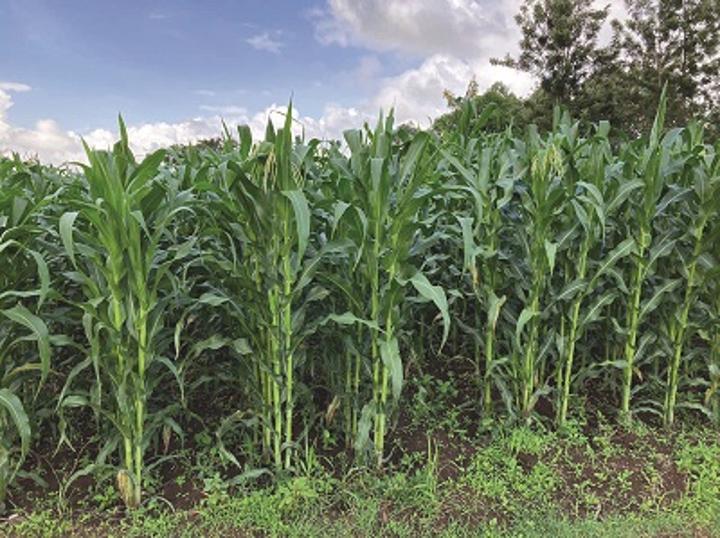Africa-Press – Lesotho. About 328 000 people, which translates to 22 percent of the population, are estimated to be facing “acute food insecurity”. This is according to the IPC Acute Food Insecurity report released this month.
The study covers the period from November 2021 to March 2022. “According to the results of the IPC Acute Food Insecurity analysis, about 328,000 people
(22% of the population) in rural areas of Lesotho experienced high acute food
insecurity (IPC Phase 3 or above) between November and December 2021. “From January to March 2022, around 338,000 people (23% of the population) are projected to be in IPC Phase 3 or above (Crisis or worse), and require
humanitarian action to reduce food gaps, protect, restore livelihoods and prevent acute malnutrition,” reads the report. According to the report, there are only three districts Butha-Buthe, Leribe and Mohale’s
Hoek out of those analysed which are classified in IPC Phase 2 which are categorised as “Stressed” while the rest fall under IPC Phase 3 classification
which is “Crisis”. It further weighs up on recent rainfalls which do not only destroyed crops but also cause waterlogging. It notes that the country has recorded an improvement
in crop production after three consecutive years (2018, 2019 and 2020) of low agriculture production. The crop production is also envisaged to register improvement and stimulate the
economic growth by 2.6 percent, this is according to the report. The IPC Acute Food Insecurity analysis highlights the three “key drivers” as waterlogging, price shocks and impacts of the COVID-19 pandemic.
“Food access appears as a major limiting factor, as prices remain high compared to last year
and the 5-year average. They are also likely to remain high throughout the analysis periods. Following an average increase of 5% in 2020, the month of
September 2021 recorded an inflation rate of 5.4%, which shows a slight decline compared to 6.7% in April 2021,” reads the report in pertinent part. It says
most of the households are experiencing food depletion from their production. The report further notes that the principal sources of income for many poor
families in the rural areas come from agricultural causal labour activities being land preparation, planting and weeding. “It is estimated that about 328,000 people (22% of the rural population) were in IPC
Phase 3 (Crisis) or above. During the previous IPC analysis in June 2021, it was expected that 312,000 people (21% of the population analysed) would be food
insecure during the projected period (October 2021 – March 2022) with one of the assumptions being that agricultural labour opportunities would be normal
due to the predicted normal to above normal rainfall. However, the country received heavy rains that hampered agricultural activities, more specifically
weddings, which is one of the main livelihood sources of poor households in rural settlements. On the other hand, non-agricultural labour opportunities
were also affected, as rains destroyed property like houses which required attention to respond. ” One of the recommendations of the report to counter the food insecurity is that there
should be the provision of farming inputs for winter cropping. It also urges the government to continue the initiative of purchasing local agriculture
inputs and reduce food consumption gaps “by improving access to food through appropriate modalities”. The report further encourages livestock vaccination activities and enhanced fodder
production. “Returnee migrants should be prioritised for support to establish alternative livelihoods and should be included in social relief programmes.”
For More News And Analysis About Lesotho Follow Africa-Press






